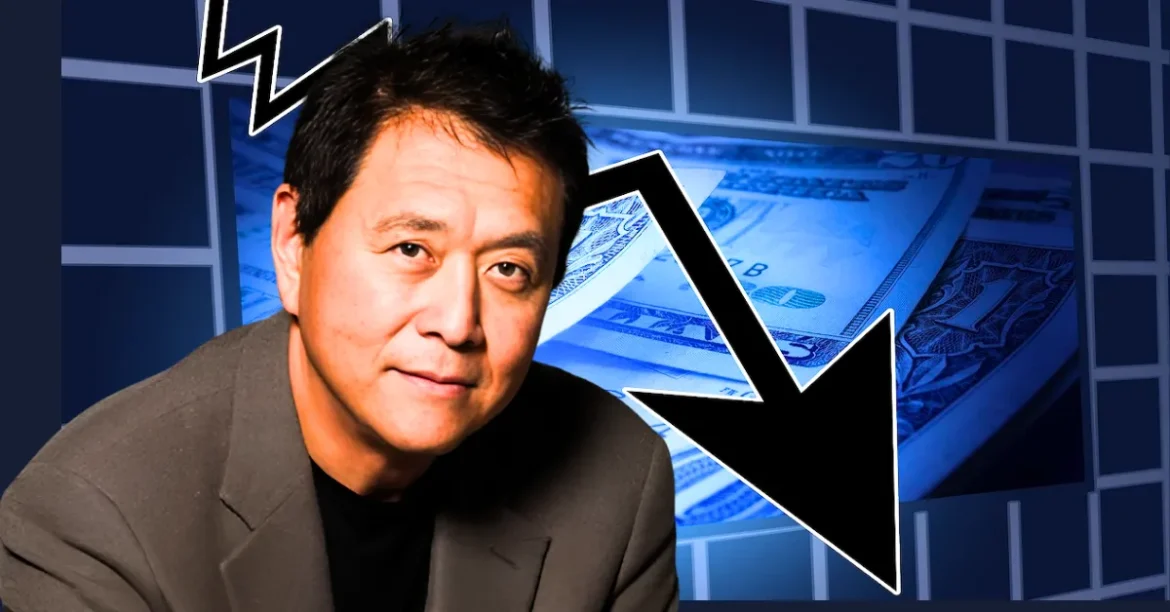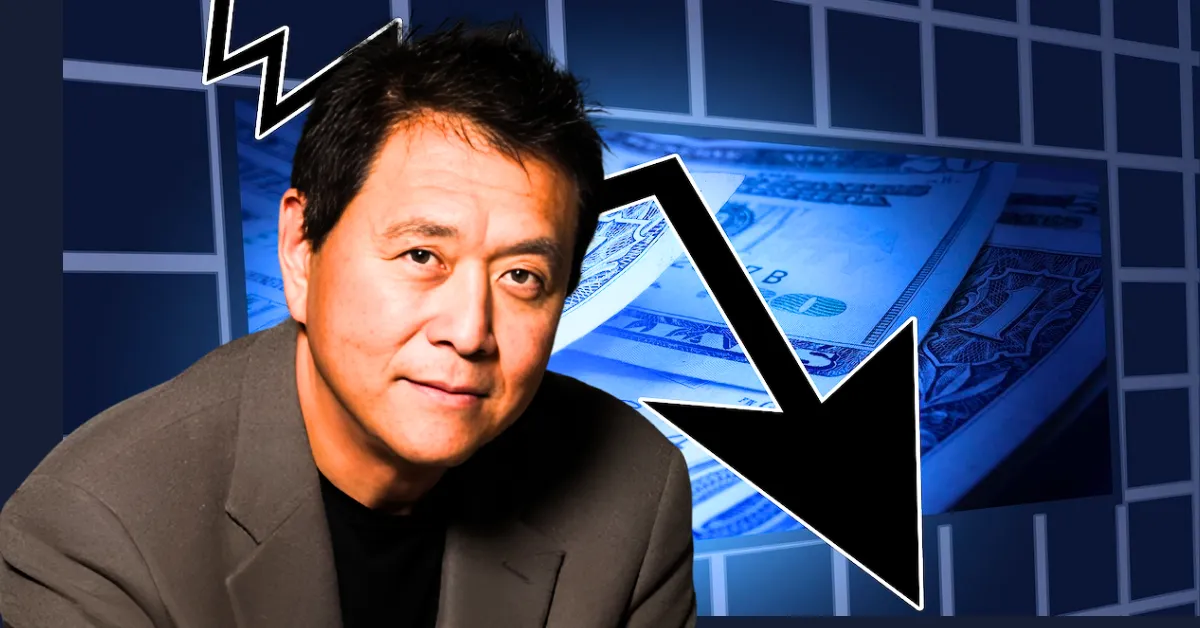Robert Kiyosaki’s Stark Warning: A Market Crash Looming Larger Than 1929
Robert Kiyosaki, the renowned author of *Rich Dad Poor Dad*, has issued increasingly urgent warnings about the global and U.S. financial outlook, painting a portrait of an economic crisis far surpassing even the historic 1929 Wall Street crash. His latest alarm follows Moody’s recent downgrade of the U.S. credit rating, an event that has shaken markets and revived concerns about the nation’s fiscal health. This report analyzes Kiyosaki’s perspective, the potential implications of Moody’s downgrade, and how these elements intertwine to signal a severe economic reckoning.
—
The Moody’s Downgrade: Catalyst for Market Fear
Moody’s downgrade of the U.S. government’s credit rating marks a rare and significant moment. By lowering the rating, Moody’s signals heightened risk to investors, essentially warning that the U.S. faces growing financial instability. The central reasons cited include the enormous $36 trillion national debt and concerns over the government’s ability to manage long-term fiscal obligations.
The immediate consequence is a broad market sell-off, with investors reacting to increased uncertainty and the likelihood of rising interest rates. A downgrade typically implies that borrowing costs will increase, which can slow economic growth by dampening business and consumer spending. Kiyosaki views this downgrade not as a standalone event but as the ignition point of a cascading economic decline.
—
Kiyosaki’s Crisis Narrative: Bigger Than the Great Depression
Robert Kiyosaki has long warned of a systemic financial collapse, and his recent commentary adopts a more urgent tone. He predicts that the coming crash will eclipse even the infamous 1929 stock market crash, which triggered the decade-long Great Depression. What sets Kiyosaki apart is how he conceptualizes this crash as part of the bursting of an “everything bubble” — a vast, unsustainable inflation of asset prices across multiple sectors fueled by easy money policies and excessive credit expansion over decades.
Factors Kiyosaki highlights include:
– Rising debt levels: Not only government debt but also consumer and corporate debt have reached precarious heights.
– Credit rating deterioration: Moody’s downgrade symbolizes weakening confidence in U.S. financial management.
– Economic stagnation risks: Higher interest rates and market volatility could precipitate an economic downturn or recession.
– Global trade tensions: Ongoing geopolitical and trade uncertainties compound financial instability.
His prediction warns millions of Americans may face impoverishment, unemployment, and severe disruption in retirement savings, particularly in 401(k)s and IRAs, which are heavily invested in the stock market.
—
Kiyosaki’s Advice: Real Assets Over Fiat Currency
Amidst his grim forecast, Kiyosaki recommends sheltering wealth in assets he believes will withstand or even thrive during the crisis. His preferred portfolio mix includes:
– Gold and silver: Historically reliable stores of value during economic turmoil and inflationary periods.
– Bitcoin and select cryptocurrencies: Viewed as alternative stores of value and a hedge against fiat currency devaluation.
He explicitly warns against depending on fiat currency or traditional bailouts, emphasizing that these may lose their effectiveness in a protracted economic collapse. Kiyosaki’s message is clear: preparing with tangible, non-paper assets is crucial.
—
Historical Parallels and Lessons
The 1929 crash did not occur in a vacuum; it was the result of speculative excess, unsound banking practices, and deteriorating confidence. Similarly, current conditions show signs of overvaluation in asset markets, record levels of debt, and a fragile economic outlook exacerbated by credit downgrades.
However, the modern economy is more complex and interconnected globally, which suggests that the fallout from such a crash might be even more widespread and prolonged. Kiyosaki taps into this historical parallel to warn that we are potentially on the cusp of an economic collapse with no easy precedent or rapid recovery path.
—
Addressing Skepticism and Past Predictions
It is worth noting that Kiyosaki’s market crash predictions have been frequent and sometimes viewed as alarmist. Though some of his earlier calls did not materialize as predicted, the current financial signals like Moody’s downgrade and growing debt burdens lend his warnings heightened credibility.
Investors and the public might weigh Kiyosaki’s message as a prompt to reassess risk tolerance, reevaluate exposure to equities, and diversify into alternative assets. His strength lies in urging preparedness rather than panic, advising calm and strategic moves amid uncertainty.
—
Taking Control of Your Financial Future
In light of these warnings, individuals should consider:
– Diversification: Broaden asset classes to include precious metals and possibly cryptocurrencies.
– Debt management: Reducing personal debt to improve financial resilience.
– Long-term horizon: Patience and avoiding impulsive decisions during market volatility.
– Continuous education: Staying informed about economic trends and credit rating shifts.
While the future remains uncertain, Kiyosaki’s forecast encourages proactive measures to mitigate potential losses and capitalize on opportunity amid chaos.
—
Conclusion: Preparing for a Defining Economic Moment
Robert Kiyosaki’s stark warnings, triggered by Moody’s unprecedented downgrade of U.S. credit, shed light on the fragile state of the global and American economies. By comparing today’s risks to the catastrophic 1929 crash, he emphasizes the magnitude of what might lie ahead — a deep, prolonged downturn that could reshape financial realities for generations.
Though the severity and timing are debatable, his central thesis—that unsustainable debt, declining confidence, and inflated asset bubbles set the stage for a historic market collapse—deserves sober consideration. For those attentive to financial signals and willing to adapt, this moment is also an opportunity: to preserve wealth through diversification, to protect retirement futures, and to emerge stronger after the proverbial storm passes.





